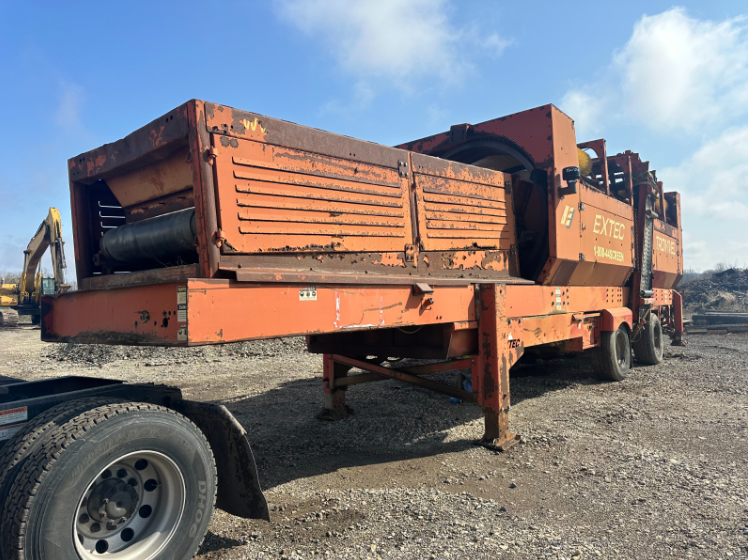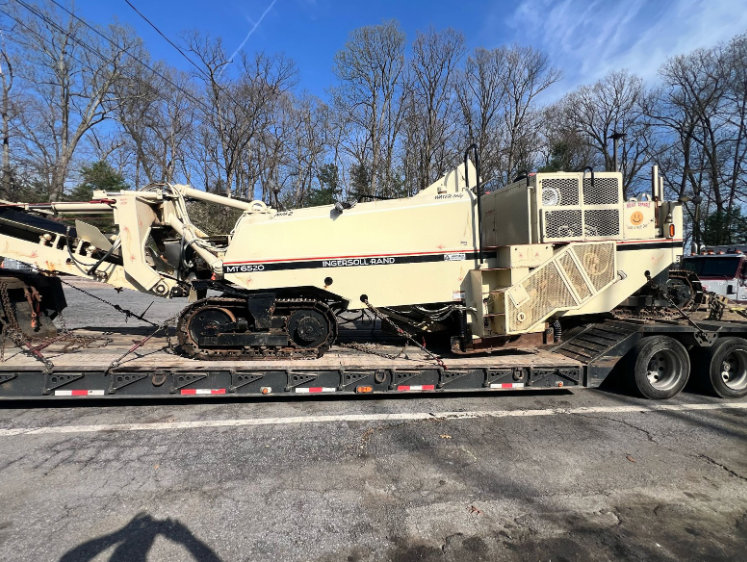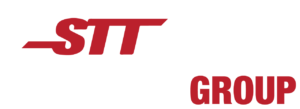An effective way to bolster your business’s productivity is to work with a Freight Forwarder. They transport heavy machinery, while examine the products’ tracking, paperwork, policy, and transit, to prevent losing your cargo or having issues with permits and authorities.
Besides transporting heavy machinery and keeping track on bureaucracy, a Freight Forwarder plays a pivotal role in your business program. They implement several strategies to shield your cargo from attacks and protect them until they land to its destination.
For instance, many freight forwarder use different protocols to rate quote, as well as get the certificate of origin, the import/export declaration, and the bill of landing. Any freight forwarding firm, whatever of size, need quick and correct rating quotations. It is critical for us as a freight forwarder to be able to swiftly provide any quotes asked by the shipper on the status of their shipment.
Other things such as the certificate of origin, which states which country the goods were manufactured in, the import/export which contains the essential details of the goods transported, and the bill of landing, through which the carrier declares the goods received are in optimal conditions, are necessary. This results in enhanced transportation.
Another common practice is training your employees to ensure they follow the highest transportation standards. This is especially important if you have remote team members since there’s no way to keep track of their activities.
Needless to say, a freight forwarder can shield you from a wide array of transportation issues. But it’s vital to work with the right one.
To ensure this happens, you should look for and abide by the best practices for Freight Forwarder. This article will examine what they are.
THE 8 BEST PRACTICES
PRACTICE #1 – ENABLE SELF REPORTING SYSTEMS
You need to implement a software to generate quotes, invoices, receipts and contracts in real time, since a delay on delivering response can cost you a client
The existing state of the transportation sector has been successfully altered by self-reporting freight forwarding management systems. They have ultimately assisted businesses in eliminating expensive overheads that must be manually recorded. The way managers may update their staff on the state of their company has been made better by this approach. If enabling your team to be in constant communication with one another isn’t enough, these self-reporting solutions typically include business intelligence tools, alerts, and analytics to measure performance and avoid delays.
PRACTICE #2 – Make Alliances with Distribution Centers, Factories and Online Portals
Making alliance with Distribution Centers and Factories, can reduce costs, motivate your customers, reduce delivery time, and transport more goods at the same time. You can find a warehouse, send different cargo in a same truck, or set different days to deliver.
Another crucial strategy that any successful freight forwarder should pursue is system integration. Losing important data is less likely when your freight forwarding management system is integrated with other portals. Additionally, your freight forwarding company will be able to quote a cargo that is available from the carrier site by integrating with an API, which will eliminate the challenging task of having to quote freight for clients.
This is particularly helpful if you are having trouble finding your clients a suitable quote because it might result in financial drains. Pigging back off bigger portals will enable small and mid-sized freighters to save more money.
It is well known that web-based freight forwarding management platforms are less expensive than their competitors that need on-site solutions. Where the value to both parties exceeds the cost of the solution, fees may be split or paid by the shipper.
SaaS solutions have the ability to provide the shipper with a personal portal loaded with communication features. These platforms are designed to function in any place with a functional web browser, a respectable internet connection, and the ability to handle issues as they arise for both shippers and freight forwarders.

PRACTICE #3 – CONDUCT BILLING PROPERLY
Based on this information, you can bill properly, remember, nobody likes being billed different sums of money in a short period of time. These are 3 things you need to consider:
Mode of transportation
The way you ship your cargo, the distance it needs to go, how much it will cost, and other factors will all play a role in how you move your stuff. Rates for each mode of transportation vary, with ocean freight being the least expensive and air freight being the most expensive.
Shipping distance
The distance you ship anything is a crucial component of the cost of freight forwarding. The price of shipping products across borders is increased by port duties, fuel prices, and storage expenses. Remember that shipping routes with higher volume of traffic tend to be less expensive than those with lower volume of traffic.
Weight and kind of cargo
Your charges will increase if your shipment is dangerous, large, perishable, or needs special treatment. Depending on how big your goods are, will determine your charged weight.
PRACTICE #4 – INCORPORATE INVENTORY MONITORING
Select the shipping firm that offers the items’ handling, storage, and delivery all at once and as needed. There are freight forwarding companies that have warehouses, not only for storing products but also for effectively managing them throughout packaging, sorting, and labeling processes. As a result, you may transport your items from the warehouse to the shipping firm without having to lease a warehouse separately and pay extra.
You might find this article interesting too!: How To Find a Top-Notch Logistics Partner
PRACTICE #5 – GATHER ALL NECESSARY DOCUMENTATION
For a variety of reasons, specific paperwork are needed when exporting internationally. The contract of carriage, which includes all specific terms pertaining to the transportation of products, is first composed of documents. This documentation also acts as evidence of the delivery of the products. Furthermore, it confirms that the items have been delivered in a suitable state even after several weeks of transportation. The fact that your paperwork act as evidence of ownership for the cargo being carried is maybe the most significant.
Listed below are a few of the most crucial documents utilized in freight forwarding:
Import/export declaration
A customs declaration for import or export includes the necessary information about the items being sent. It is essential for processing shipments through customs and for computing any applicable duties.
Commercial Invoice
One of the most crucial papers when delivering products abroad by water is a commercial invoice. It gives the importer (buyer) confirmation of sale from the exporter (seller). This paperwork is required in order to clear customs.
A Bill of Landing
A bill of landing certifies that the products were received by the freight carrier from the shipper in a useable form and grants the document bearer the authority to oversee and manage the commodities.
Origin certificate
The nation in which the items were made is indicated in this document. It contains details on the product, such as country of origin, destination, etc.
PRACTICE #6 – NOTIFY EVERYTHING TO YOUR CLIENTS
This is crucial, since you can generate trust, that’s the most important thing a company can cultivate. When generating trust, you can leave peace-of-mind to all your clients. Notify when there’s an alert, if something’s changed, or any measure applied.
Establish dependable means of contact, including the phone, email, and web-based platforms. Next, make sure everyone has the appropriate contact information, and encourage quick answers to any questions or requests.
SOPs, or standard operating procedures, are: Create Standard Operating Procedures (SOPs) for internal and external stakeholder communication. Next, specify roles, lines of communication, and protocols in detail for various situations.
Real-Time Tracking: Relevant parties may view shipments in real-time thanks to sophisticated tracking systems. By doing this, proactive communication is made possible and stakeholders are informed of any deviations or possible problems.
PRACTICE #7 – CONDUCT INSPECTION AND MAINTENANCE
In order to guarantee cargo safety and efficient shipping operations, inspection and maintenance are crucial during freight shipment. Prior to transportation, inspect both the cargo and the vehicle to make sure everything is secure and in working order.
The following procedures should be followed when doing freight maintenance and inspections:
Check The Cargo’s Condition
Carefully check the cargo for damage or faults before loading it onto the shipping container. Make sure the package is secure and ready for delivery.
Verify Correct Documentation
Check that all shipment paperwork, such as packing lists, bills of lading, and customs forms, is correct and comprehensive.
Check For Damage
Look for any indications of damage, including dents, cracks, or holes, on the shipping container.
Check for Container Cleanliness
The shipping container has to be clear of any impurities or residues that can harm the goods. This is particularly important when handling and shipping perishable items that might go bad on the way.
Use Appropriate Loading Techniques
Make sure the cargo is put into the container appropriately, paying attention to handling guidelines and weight distribution. Remember to pack materials appropriately to avoid movement during shipment.
Secure the goods
To reduce the chance of movement or damage during transit, secure the goods within the container using straps, chains, or other appropriate restraints.
Examine Equipment
To make sure that shipping equipment, including pallets, lifting gear, and containers, is in excellent operating order, examine and repair it on a regular basis.
Repair and Maintenance Plan
Create a regular maintenance plan to take care of any vehicles, handling equipment, and shipping container repairs or servicing needs.
PRACTICE #8 – TRAIN YOUR EMPLOYEES
Make sure your training courses include pertinent regulations pertaining to freight transportation business compliance. Material handling, customs processes, security measures, and environmental laws are all included in this.
TRUST IN TRANSPORTATION IS PARAMOUNT
While globalization has significantly streamlined your operations, you need to pick wisely your freight forwarder logistic company.
We can help you do so. Reach out to us for a quick 15-minute chat, and our tech experts will do their best to show you a way out of your machinery exports.







